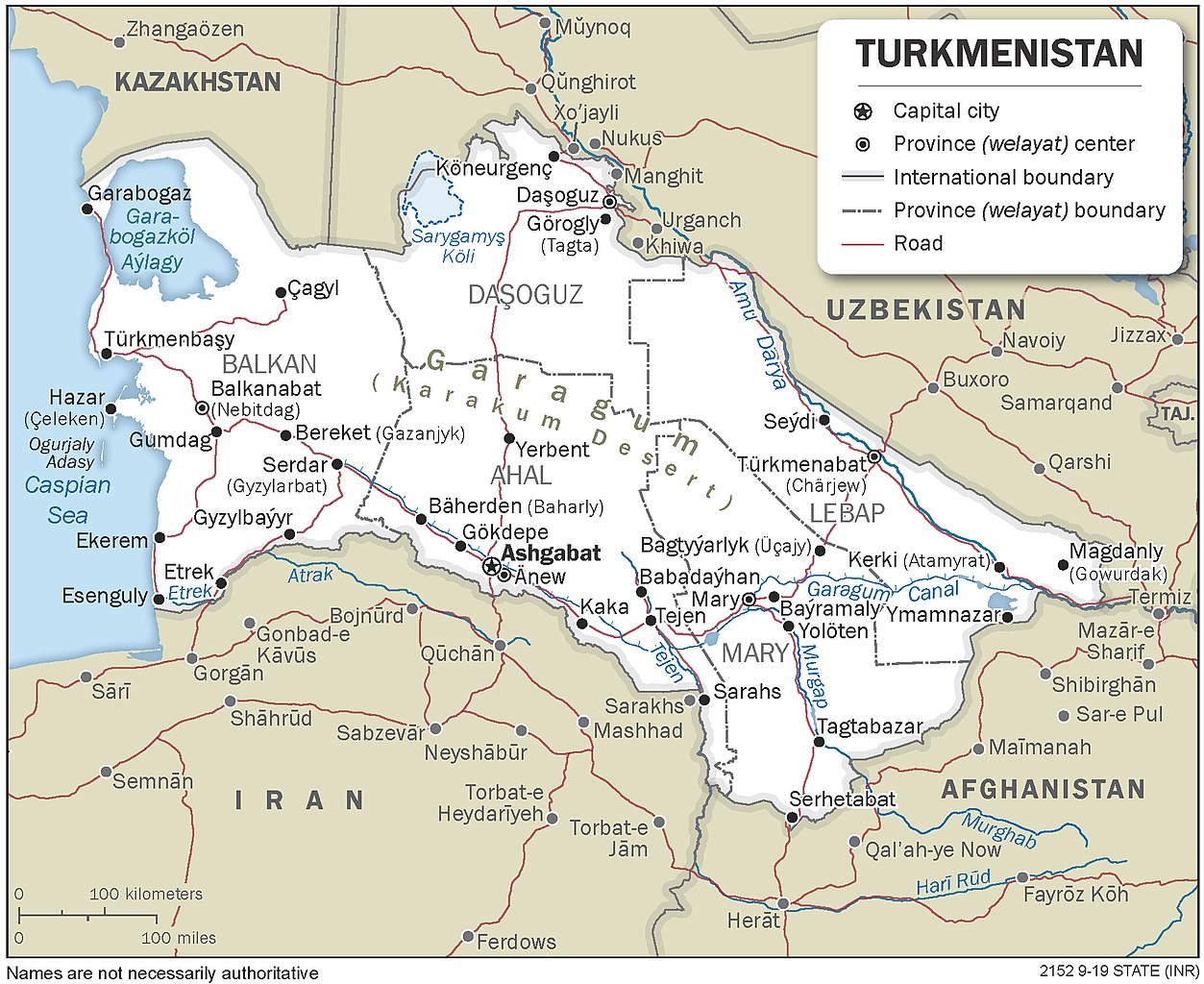The year 2024 is witnessing a remarkable rise in green energy initiatives across Central Asia, particularly in Uzbekistan and Kazakhstan. Spearheaded by notable agreements and investments, the region is poised to become a key player in the global transition towards renewable energy sources. However, while Kazakhstan's lithium reserves have attracted substantial attention, Turkmenistan's potential in the green energy sector remains largely untapped. The report by Dimitris Symeonidis posted on SpecialEruasia on March 21 delves into Turkmenistan's burgeoning role in the energy transition, focusing on its critical raw materials and policy recommendations to maximize its renewable energy potential.

Turkmenistan's Green Energy Prospects
Turkmenistan, renowned for its abundant oil and gas reserves, is emerging as a promising frontier in the green energy landscape. Despite its vast potential, the country's lithium deposits, crucial for battery production, remain unexplored. Notably, Western Turkmenistan boasts industrial waters rich in lithium, with the Karabogazgol Bay exhibiting significant lithium concentrations. Additionally, Turkmenistan harbors substantial reserves of iron and copper ores, pivotal for electricity grid development. Southern Turkmenistan, in particular, holds promise for copper exploration, alongside rare earth metals essential for digital technologies.
Challenges and Opportunities
While Turkmenistan's resource wealth presents lucrative opportunities, challenges persist in harnessing its green energy potential. The lack of comprehensive data on reserves poses obstacles for investors, hindering investment inflows. Moreover, regulatory frameworks governing non-hydrocarbon mining necessitate refinement to facilitate private sector participation. International collaboration with neighboring countries, such as Uzbekistan and Afghanistan, is crucial to leverage shared geological formations and promote regional investment in critical raw materials.
Policy Recommendations
To capitalize on Turkmenistan's renewable energy prospects, several policy interventions are imperative:
Regulatory Reforms: Align non-fuel mining regulations with hydrocarbons mining laws, enabling long-term leasing options for private entities and research institutes.
International Engagement: Foster bilateral dialogues and multilateral fora with neighboring countries to promote cross-border investment and cooperation on critical raw materials.
Financial Mechanisms: Establish financing frameworks, including green bonds, to support sustainable mining projects and attract international investments.
Transparency Initiatives: Develop a centralized database to catalog verified mineral reserves, enhancing transparency and facilitating informed investment decisions.
Central Asia stands at the forefront of the global energy transition, with Turkmenistan poised to play a pivotal role in shaping the region's green energy landscape. However, addressing institutional, financial, and data challenges is paramount to unlock Turkmenistan's renewable energy potential fully.
Comments (0)